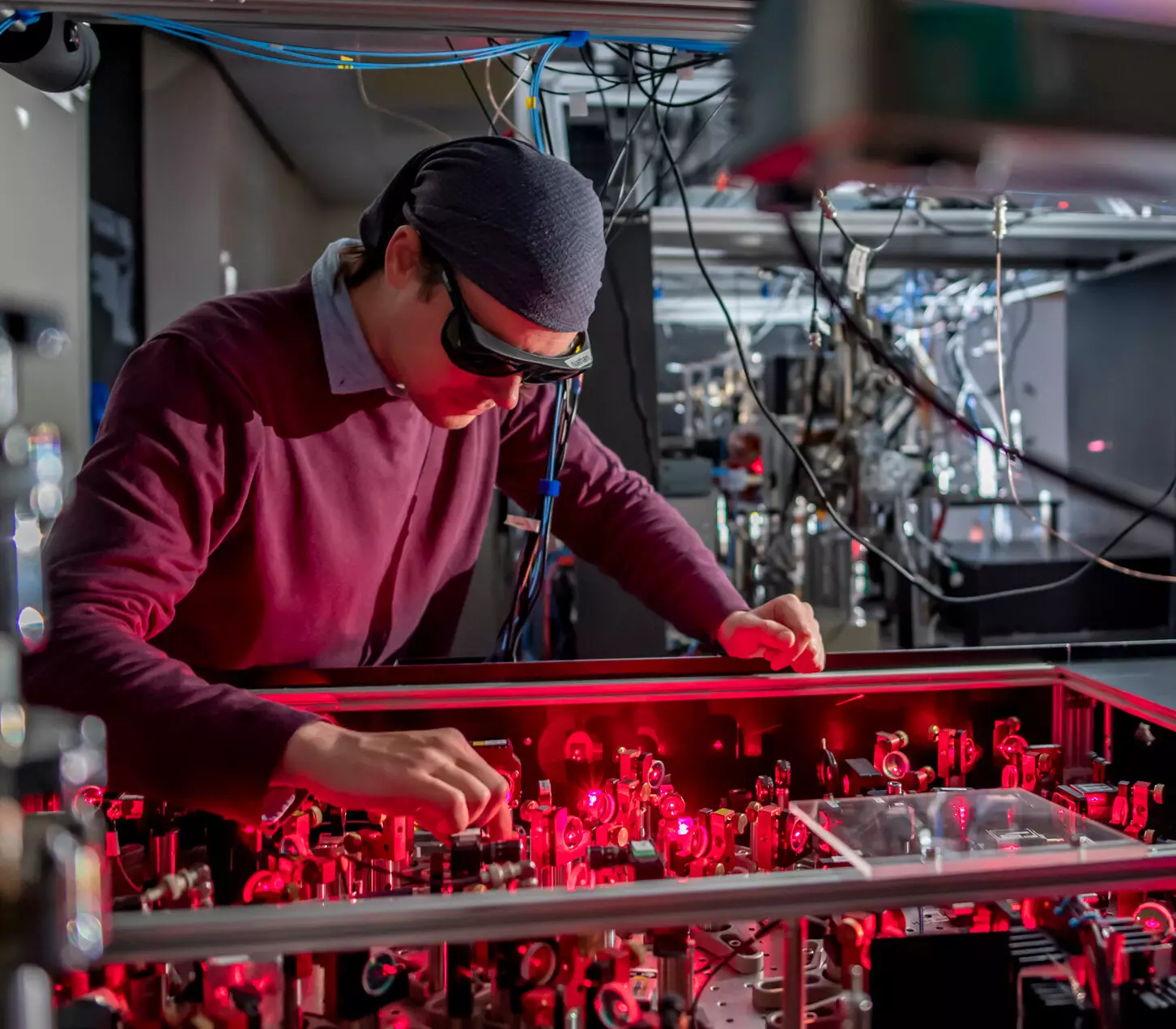In a groundbreaking new study, scientists at the University of Nottingham’s School of Physics have developed a unique 3D printed vacuum system aimed at trapping dark matter to detect domain walls. This revolutionary approach is set to shed light on some of the universe’s most intriguing mysteries.
The team of researchers, led by Professor Clare Burrage, has designed a state-of-the-art 3D printed vacuum system to manipulate gas density and introduce ultra-cold lithium atoms for the detection of dark walls. Unlike traditional matter that constitutes only a small portion of the universe, dark matter and dark energy make up the majority, with their composition remaining largely unknown.
The researchers’ work is based on the concept of introducing a scalar field to measure dark matter. By constructing 3D vessels that facilitate phase transitions in light scalar fields, the team aims to identify defects that manifest as dark walls. These defects are analogous to fault lines in frozen water, which become evident when particles interact with them, altering their trajectories.
To simulate transitioning from a dense to a less dense environment, the team will leverage their specially designed vacuum system in conjunction with ultra-cold lithium atoms cooled to nearly absolute zero. At such low temperatures, the atoms exhibit quantum properties, enhancing the precision and predictability of the analysis.
Lucia Hackermueller, an Associate Professor in the School of Physics and the mastermind behind the laboratory experiment’s design, underscores the significance of trapping dark walls using 3D printed vessels. The team’s meticulous approach involves guiding a cold atom cloud through the walls and observing its deflection, achieved by lowering the atom’s energy through the use of laser photons.
Having dedicated three years to constructing the innovative system, the researchers anticipate obtaining results within a year. Whether the experiment confirms the existence of dark walls or not, it promises to be a vital advancement in our comprehension of dark energy and dark matter. This study exemplifies the power of controlled lab experiments in directly measuring phenomena that are otherwise unobservable in the cosmic landscape.


Leave a Reply